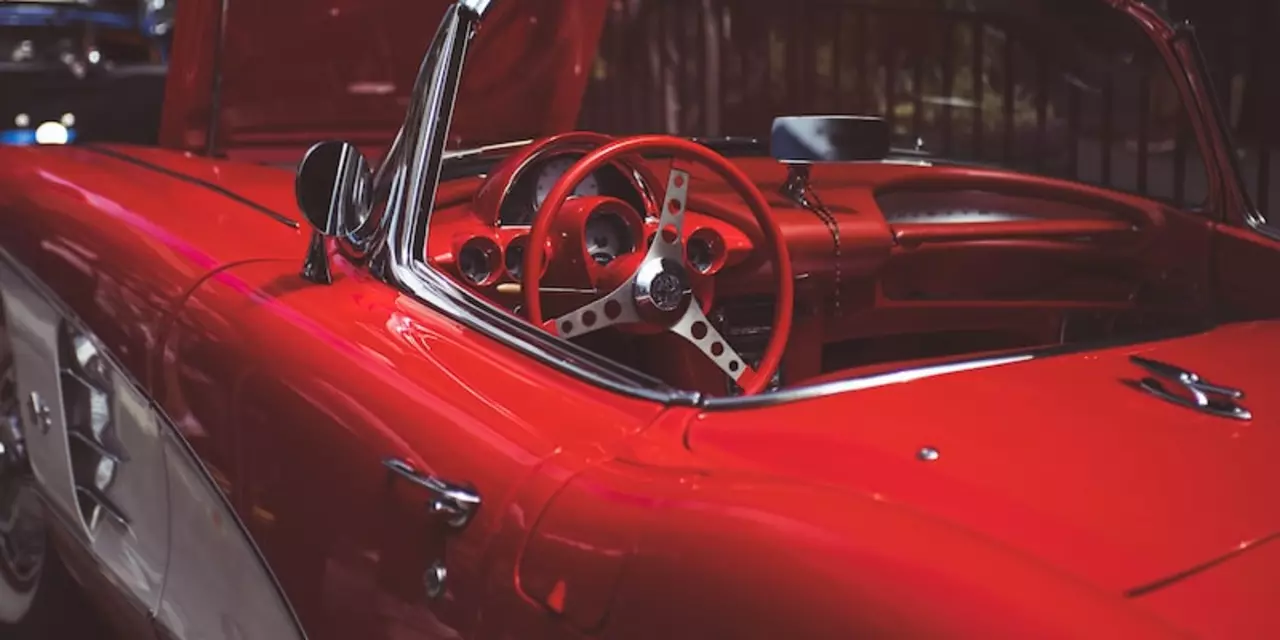Racing Schools: Your Guide to Learning the Track
Ever dreamed of taking a race car around a real circuit? You’re not alone. A good racing school turns that dream into a safe, structured experience. Whether you’re after a weekend thrill or a step toward a professional career, the right school makes all the difference.
What to Look for in a Racing School
First off, check the instructor’s background. Coaches who have competed in professional series bring real‑world insights you won’t get from a generic teacher. Look for certifications from recognized bodies like FIA or SCCA, and read reviews that mention how well they explain braking points, racing lines, and car control.
Next, examine the car fleet. Modern, well‑maintained cars give you a realistic feel of a race car while keeping safety high. Schools that use a mix of entry‑level formula cars, GT‑style machines, and even electric racers let you try different setups. A diverse fleet also means you can progress as your skills improve.
Cost is another big factor, but don’t let price be the only guide. A cheap package that skips essential instruction or uses old, unreliable cars can cost you more in the long run. Compare what’s included: number of track days, on‑track coaching, data analysis, and post‑session video review. Those extras often turn a basic course into a true learning experience.
Best Value‑For‑Money Racing Schools
If you’re hunting for the best bang for your buck, a few schools consistently top the list. Skip Barber Racing School offers a solid curriculum, professional instructors, and a fleet of formula cars at a price that’s hard to beat. Their “Racing Academy” program packs several days of instruction, data analysis, and a final assessment into one package.
Ferrari Driving School brings the brand’s heritage to the track, but they keep costs reasonable for the experience. You get to drive a Ferrari 488 Challenge on a world‑class circuit with coaches who know the car inside out. The focus on high‑performance driving techniques makes it worth the price.
Audi Driving Experience blends luxury and performance. Their “Audi Sport Driving School” lets you handle the R8 LMS in a controlled environment. The program includes a mix of on‑track laps and classroom sessions, delivering a comprehensive learning curve without breaking the bank.
When you compare these schools, pay attention to what each includes. Skip Barber’s package often features more track time, Ferrari leans on brand experience, and Audi offers a blend of luxury and technical coaching. Your choice should match your goals—whether you want pure skill development, a premium brand feel, or a balanced approach.
Booking the right course is easier when you know the season. Many schools run discounted sessions in the off‑peak months, usually spring and autumn. Sign up early to lock in a spot and avoid last‑minute price hikes. Also, ask about group rates if you’re bringing friends—splitting the cost can make a premium program affordable.
Finally, come prepared. Dress in the right gear: a snug shirt, long trousers, and closed‑toe shoes. Some schools provide helmets, but bringing your own can improve comfort. Arrive early for a quick briefing, and keep a notebook handy for instructor tips. The more you absorb on the first day, the faster you’ll progress.
Staying connected after your course can keep the learning curve steep. Join local track days, sign up for advanced workshops, or follow the school's alumni network. The more you drive, the sharper your skills become.
Racing schools are the fastest shortcut from zero to hero on the track. Pick a program that values instructor expertise, car quality, and comprehensive training. With the right choice, you’ll leave the paddock feeling confident, skilled, and ready for the next lap.
